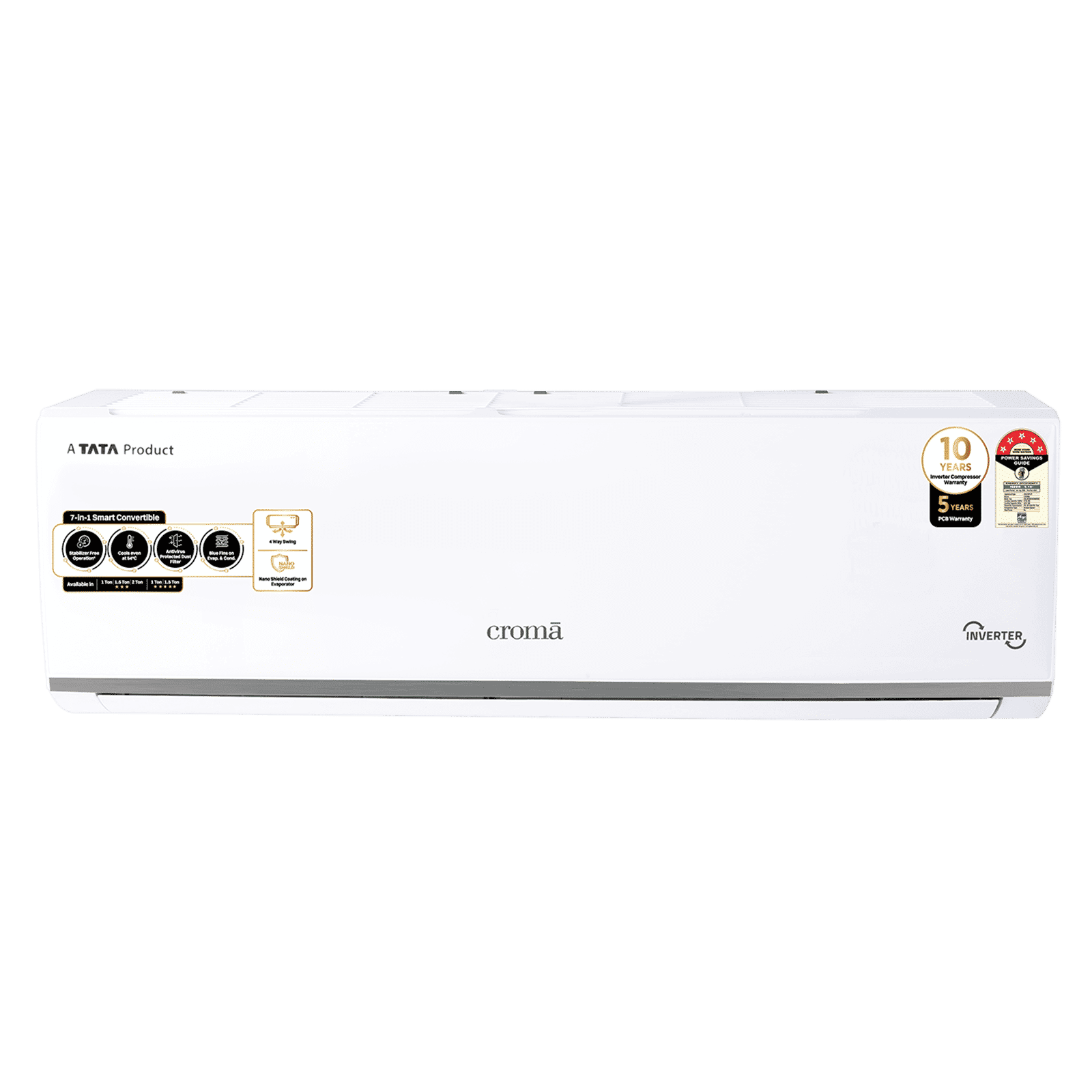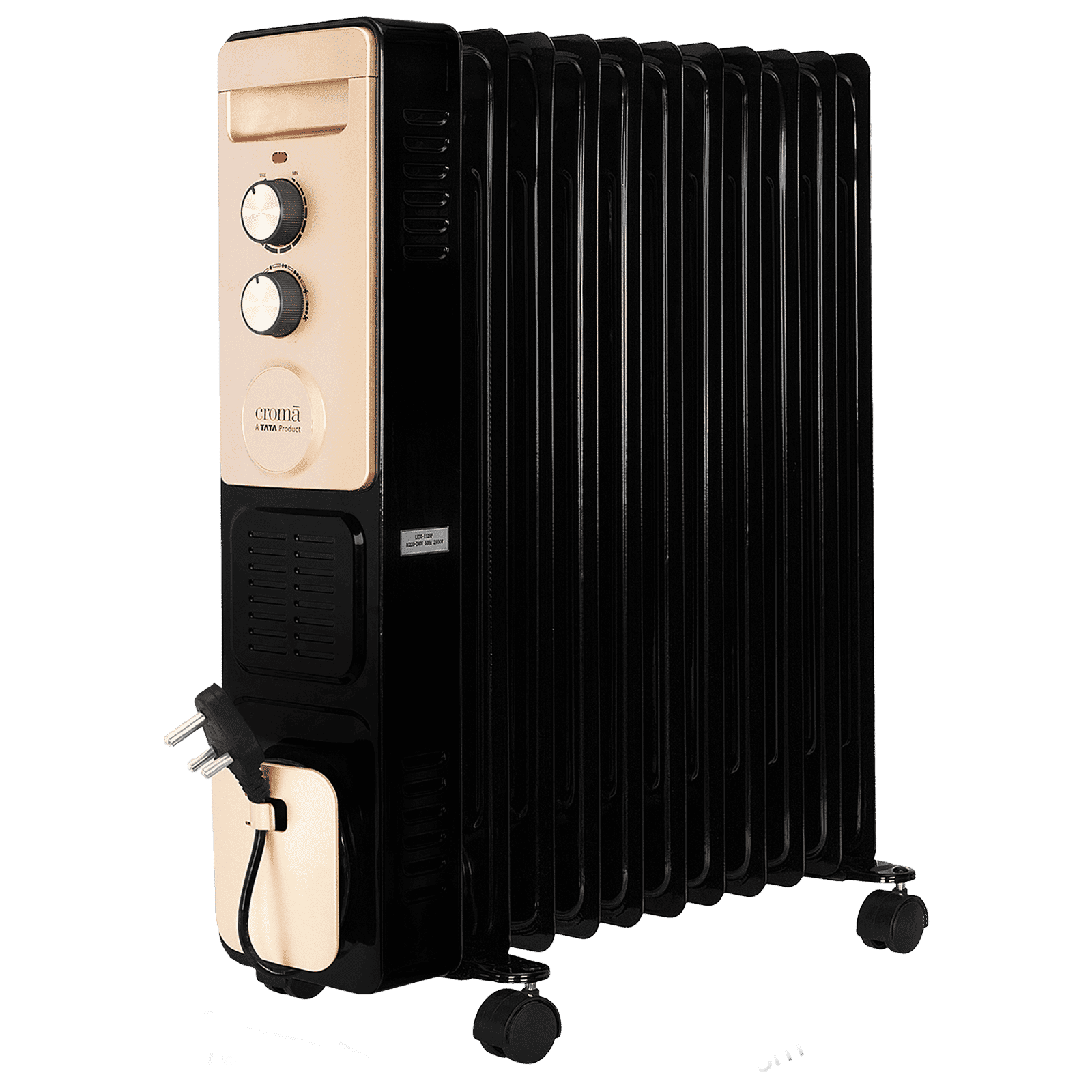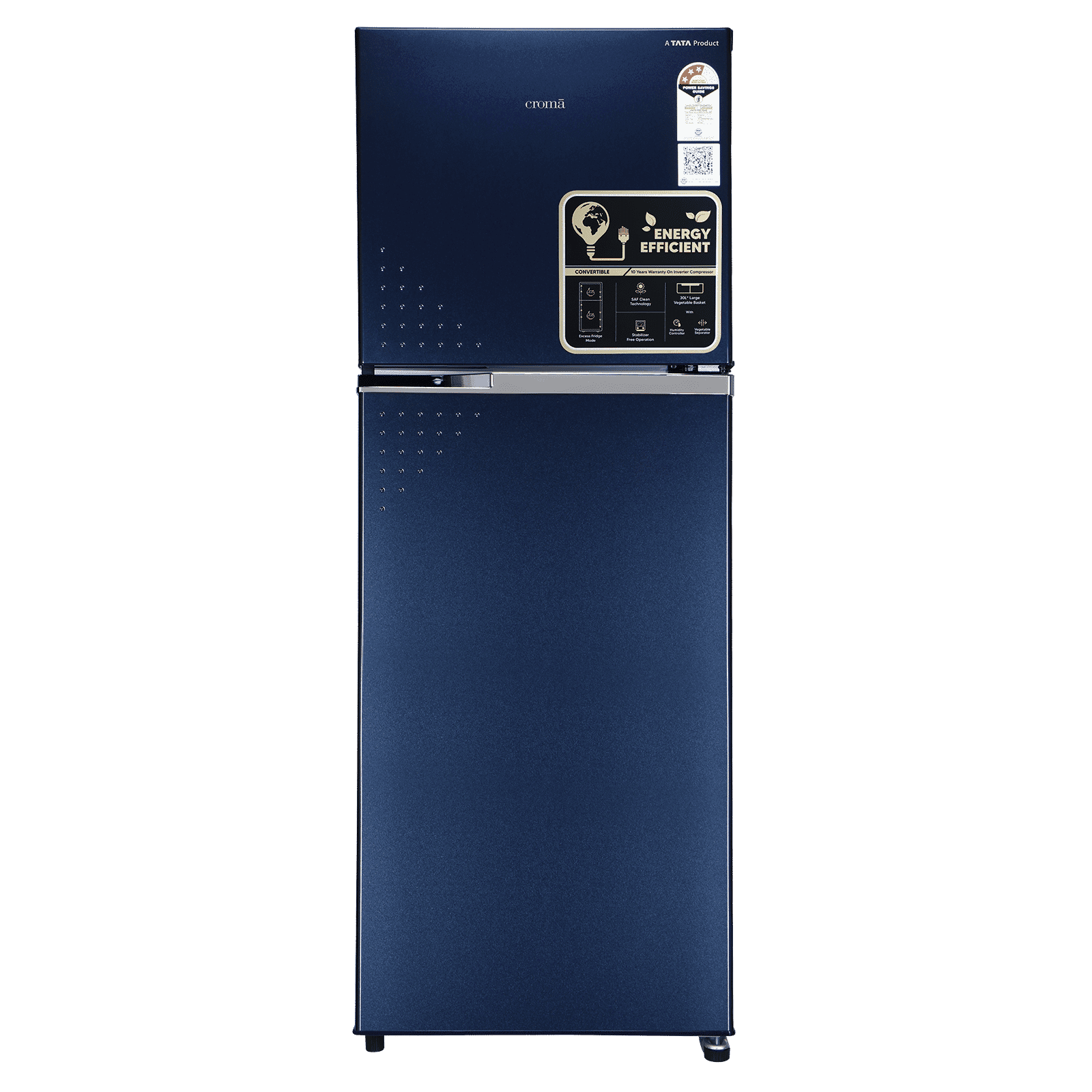
Home Appliances
•04 min read

Buy Croma 7 in 1 Convertible 1.5 Ton 5 Star Inverter Split AC with Temperature Sensor (2025 Model, Copper Condenser, CRLA018INF283280) online at best prices from Croma. Check product details, reviews & more. Shop now!
Imagine investing in an air conditioner only to discover that it struggles to cool your space effectively or, even worse, wastes energy because it is oversized for your room. Using an air conditioner room size calculator is one of the smartest moves you can make for an efficient and comfortable home. This guide outlines an essential checklist that will help you understand how to calculate the right AC size, delve into BTU basics, and consider extra factors to optimise your room’s cooling efficiency.
Choosing the right air conditioner size is not just about getting a cool breeze on a hot day. An oversized unit can lead to higher energy bills, inefficient cycling, and uneven cooling across your room, which eventually stresses the system. On the other hand, an undersized AC forces the appliance to work overtime, leading to insufficient cooling and a shortened lifespan. Understanding these outcomes emphasises the importance of precise sizing for both comfort and cost-efficiency.
Utilising an air conditioner room size calculator simplifies the process by incorporating room measurements, insulation, window counts, and even sunlight exposure into its calculations. These online tools provide quick and reliable results, allowing you to determine BTU requirements with confidence. Whether considering a portable unit or a built-in system, the calculator bridges the gap between guesswork and science.
A BTU, or British Thermal Unit, measures the energy needed to cool a certain amount of space. In the context of air conditioners, the BTU value indicates the cooling capacity of the unit, helping to match your room's cooling needs with the ideal appliance size. Essentially, a higher BTU value can cool a larger space or work faster, but only if it is appropriately matched to the room’s volume.
When selecting an AC, understanding the relationship between room size and BTU capacity is crucial. For instance, a modest 12x12 room, which is about 144 square feet, may require an air conditioner with a capacity in the region of 5,000 to 6,000 BTUs, though this figure can vary with room layout and insulation. Referring to an air conditioner capacity chart can further refine your decision-making process.

Buy Croma 2900W PTC Fan Oil Filled Room Heater with 13 Fins (Thermostatic Knob, Black) online at best prices from Croma. Check product details, reviews & more. Shop now!
Accurate room measurements are the cornerstone of effective cooling. Ensure that you measure the length, width, and ceiling height carefully using a tape measure or a laser distance meter. These dimensions form the basis for calculating the total area and volume of the room, which in turn determines the required cooling capacity.
Apart from basic dimensions, it is vital to take into account additional room factors that can affect cooling requirements. Insulation quality, number of windows, and the direction your room faces can elevate the BTU requirement. Similarly, rooms that receive a lot of direct sunlight or have multiple occupants might need a higher cooling capacity. Including these variables in the calculation ensures a more tailored recommendation.
There are various types of tools at your disposal when deciding on your AC size. Whether your needs are centred on a portable unit, a window installation, or a central system, selecting the appropriate calculator is key. Look for one that clearly distinguishes different AC types and incorporates factors such as room cooling requirements or AC capacity chart guidelines. This careful selection guarantees more precise recommendations when using the cooling capacity calculator.
Once the calculator provides a BTU recommendation, interpreting these results is the next step. Familiarise yourself with the basics of BTU values and compare the suggested figures with an air conditioner capacity chart. A helpful tip is to round up the BTU value slightly, ensuring that your room remains comfortably cool during the hottest periods without overburdening the unit.
Pro Tip from Tata Neu: Always round up your BTU requirements when in doubt. A slightly larger AC unit ensures better cooling and enhanced comfort, especially during peak summer hours.
While BTU figures are important, energy efficiency ratings such as EER and SEER offer insights into long-term operational costs. A model with higher efficiency ratings can be a smarter choice, ensuring lower energy consumption and sustainable savings over time. Consider both immediate cooling needs and future energy costs when deciding on an appliance.
Your local climate greatly impacts cooling requirements. For instance, living in a hot and humid area may necessitate an air conditioner with a higher BTU capacity compared to a cooler region. The room’s exposure to external weather conditions should be factored into your decision-making process for optimal results.

Buy Croma 290 Litres 3 Star Frost Free Double Door Refrigerator with Inverter Technology (2025 Model, CRLR290FID276258, Ocean Blue) online at best prices from Croma. Check product details, reviews & more. Shop now!
Different spaces demand different cooling solutions. For smaller rooms, options like window models or compact portable units often provide sufficient comfort without oversizing. In contrast, larger or open-layout spaces might benefit from systems designed for expansive coverage. Knowing the difference can help you avoid common mistakes such as underestimating the required cooling capacity.
Even when you select the perfect air conditioner using an accurate calculator, regular upkeep is essential to maintain efficiency and prolong the life of your unit. Basic tasks such as cleaning filters and monitoring refrigerant levels can significantly impact performance. In addition, proper installation and periodic professional maintenance ensure that your appliance continues to deliver peak performance.
A 12,000 BTU air conditioner typically cools a room of about 400 to 600 square feet, factoring in aspects like ceiling height and insulation quality.
Start by measuring your room’s square footage (length multiplied by width) and then multiply by an appropriate BTU factor, often around 20 BTUs per square foot. Adjustments may be needed based on insulation, sunlight exposure, and room occupancy.
A room measuring 12x12 feet, approximately 144 square feet, generally requires an air conditioner with a capacity of roughly 5,000 to 6,000 BTUs.
In summary, properly sizing your air conditioner is crucial for achieving the perfect balance between comfort and energy efficiency. By following this detailed checklist—from accurate room measurements to understanding BTU requirements and beyond—you can confidently use an air conditioner room size calculator to match your specific needs. With each step, you move closer to optimising your space, ensuring better cooling performance throughout the year, and earning NeuCoins rewards on every successful purchase on Tata Neu. Whether you are shopping for a portable unit or a system that meets room size for AC capacity guidelines, the insights provided here empower you to make informed, smart decisions.